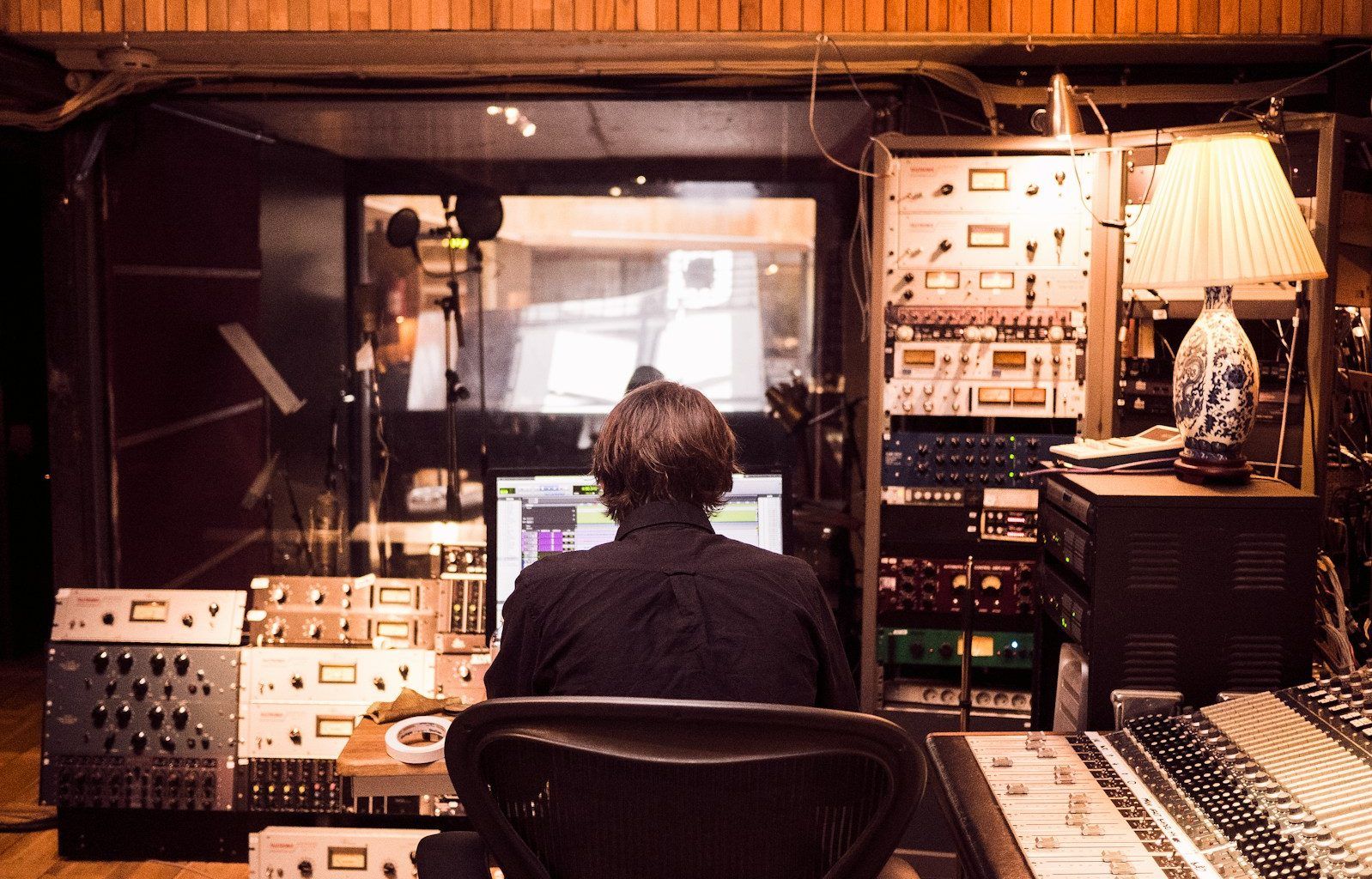If you’re an artist or music creator, you’ve probably dreamed of earning from your passion. YouTube Music is one of the most popular platforms to showcase your talent, and with the right strategies, you can monetize your track on YouTube Music to get paid. Whether you’re an indie artist or part of a label, the opportunity to turn your music into a steady income is more accessible than ever. This guide will show you how to make money from your music on YouTube Music and turn your tracks into a sustainable revenue source.
What Does It Mean to Monetize Your Track on YouTube Music?
Monetizing your track on YouTube Music means you earn revenue every time your music is streamed, downloaded, or used in videos. The platform pays royalties based on the number of plays your track receives, and additional revenue comes from ads and subscriptions.
YouTube Music is tied to the broader YouTube ecosystem, which means your music can generate income across YouTube as a whole. When people listen to your track or use it in their videos, you get a share of the revenue. It’s a great way to ensure your hard work gets the financial recognition it deserves.
Why Should You Monetize Your Track on YouTube Music?
YouTube Music is a global platform with millions of listeners. By monetizing your music, you can:
- Earn money from every play or view.
- Gain exposure to a wide audience.
- Build a steady revenue stream from your creative work.
- Protect your music from unauthorized use.
- Grow your brand and fanbase.
The process may seem daunting, but once you understand the steps, it’s straightforward and worth the effort.
How to Monetize Your Track on YouTube Music to Get Paid
1. Set Up a YouTube Music-Ready Distribution Plan
To make your music available on YouTube Music, you need to work with a distributor. Platforms like TuneCore, DistroKid, and CD Baby can help you upload your tracks to YouTube Music. These distributors handle licensing and ensure your music is listed for streaming.
Choose a distributor that suits your budget and needs. Some distributors charge an upfront fee, while others take a percentage of your earnings. Compare their features and pick one that offers YouTube monetization options.
2. Register for YouTube Content ID
Content ID is YouTube’s system for identifying and managing copyrighted content. Once your track is registered, YouTube scans its database for matches. If someone uses your music in their video, you can choose to monetize it, block it, or track its performance.
Work with a distributor or a Content ID partner to register your music. This ensures you get paid whenever your track is used.
3. Join the YouTube Partner Program (YPP)
If you have a YouTube channel where you upload music videos, live performances, or lyric videos, join the YouTube Partner Program. YPP allows creators to earn ad revenue from their videos. To qualify, you need:
- At least 1,000 subscribers.
- 4,000 watch hours in the past 12 months.
- Adherence to YouTube’s policies and guidelines.
Once accepted, you’ll start earning from ads shown on your videos.
4. Upload Quality Music Videos
High-quality music videos attract more viewers, which leads to more revenue. Invest in professional production or use creative visuals to make your videos stand out. Your content should reflect your brand and resonate with your audience.
5. Use YouTube Analytics to Understand Your Audience
YouTube provides detailed analytics on your viewers’ demographics, locations, and preferences. Use this data to tailor your content and target specific audiences. For example, if most of your listeners are from a particular country, consider releasing a localized version of your song.
6. Promote Your Music Across Platforms
Sharing your music on social media, email newsletters, and other streaming platforms drives traffic to your YouTube Music profile. Collaborate with influencers or other artists to expand your reach. Consistent promotion increases your chances of earning more.
7. Claim Your Official Artist Channel
YouTube offers artists the ability to claim their Official Artist Channel. This unifies your music content under one channel, making it easier for fans to find your work. It also gives you access to tools like analytics, promotional banners, and more.
How Much Can You Earn on YouTube Music?
Earnings on YouTube Music depend on several factors, including the number of plays, ad revenue, and subscription income. While the average payout per stream might seem small, a large fanbase can lead to significant revenue over time.
Here’s a breakdown of potential revenue sources:
- Ad Revenue: Earn from ads shown on your music videos.
- Premium Plays: Earn more when Premium subscribers stream your tracks.
- Content ID: Get paid when your music is used in other videos.
Tips to Maximize Your Earnings on YouTube Music
- Optimize Your Metadata: Include accurate titles, descriptions, and tags. This helps your music appear in search results.
- Engage with Fans: Respond to comments and share behind-the-scenes content. Building a loyal fanbase boosts streams and revenue.
- Collaborate with Creators: Partner with YouTubers to feature your music in their videos.
- Leverage Playlists: Submit your tracks to YouTube Music playlists for greater exposure.
Common Mistakes to Avoid When Monetizing Your Track on YouTube Music
- Ignoring Licensing Requirements: Ensure all samples and collaborations are properly licensed.
- Not Promoting Your Music: Without promotion, your music may get lost among millions of tracks.
- Failing to Protect Your Rights: Use Content ID to safeguard your music against unauthorized use.
Conclusion
Monetizing your track on YouTube Music to get paid is a rewarding journey that allows you to turn your passion into a sustainable career. By following the steps outlined in this guide, you can make your music work for you, reach a global audience, and earn from your creativity.
Start today, take control of your music career, and watch your hard work pay off!
For further reading, explore these related articles:
- “The Ultimate Guide to Choosing the Best Music App for You”
- Who Owns Spotify? A Deep Dive Into the World’s Leading Music Streaming Platform
For additional resources on music marketing and distribution, visit Deliver My Tune.






